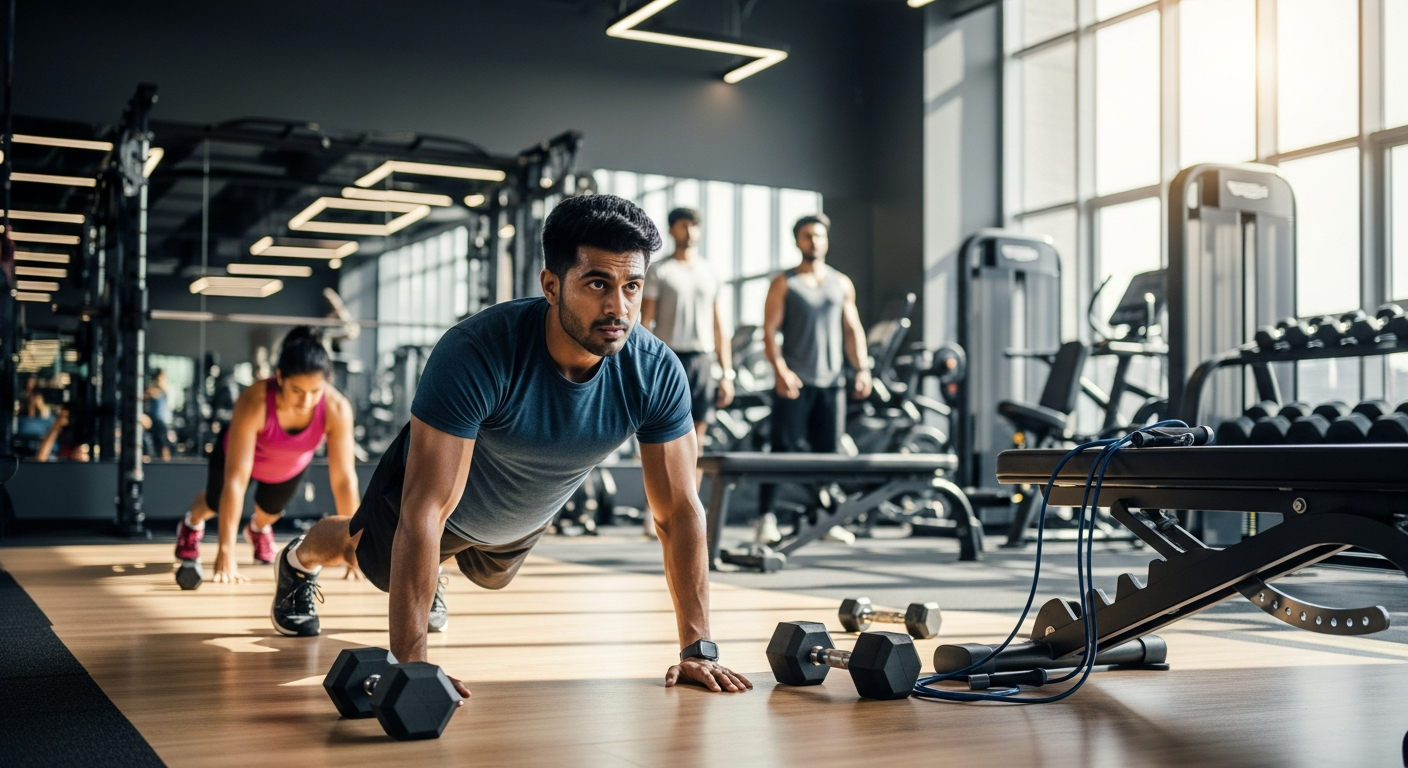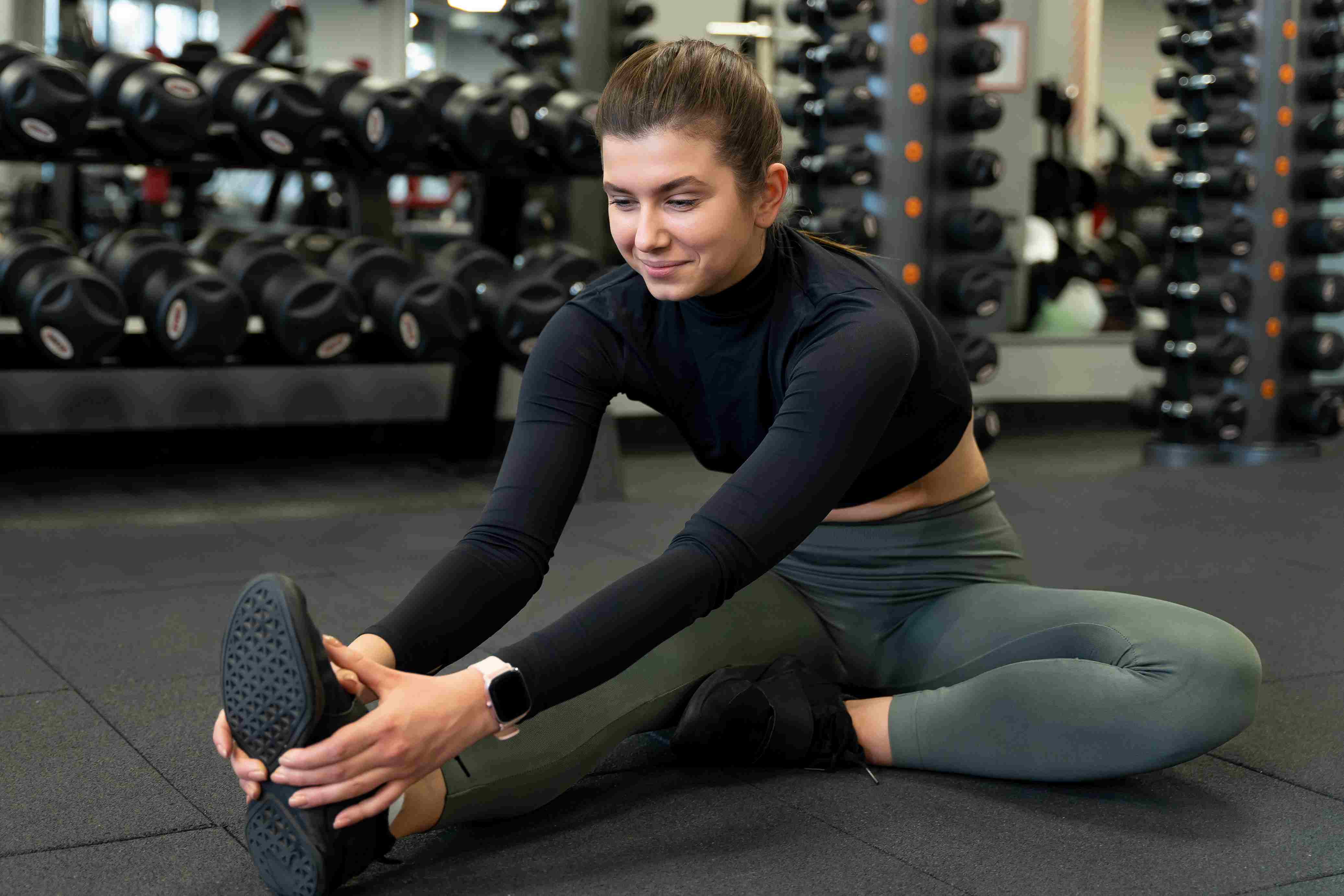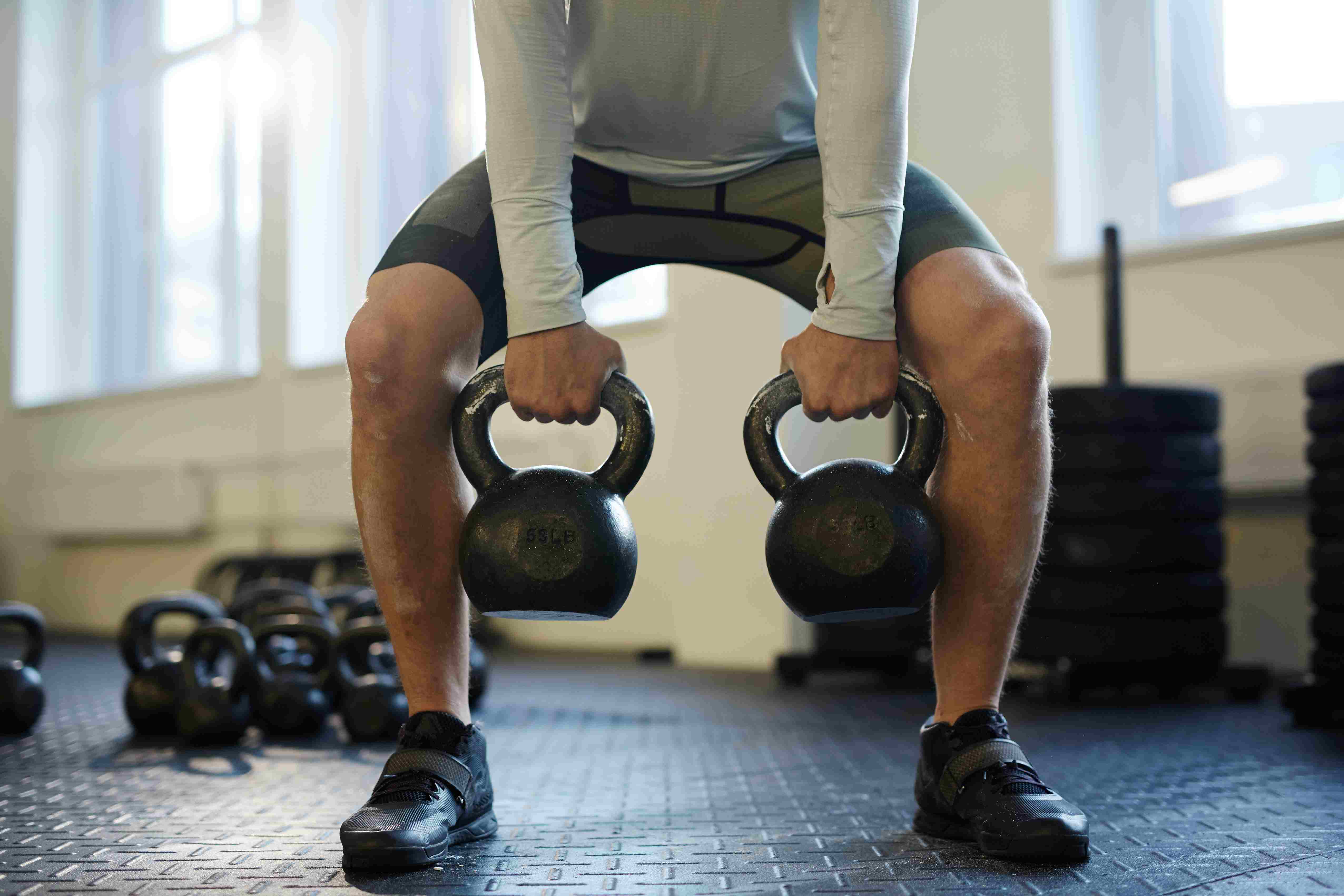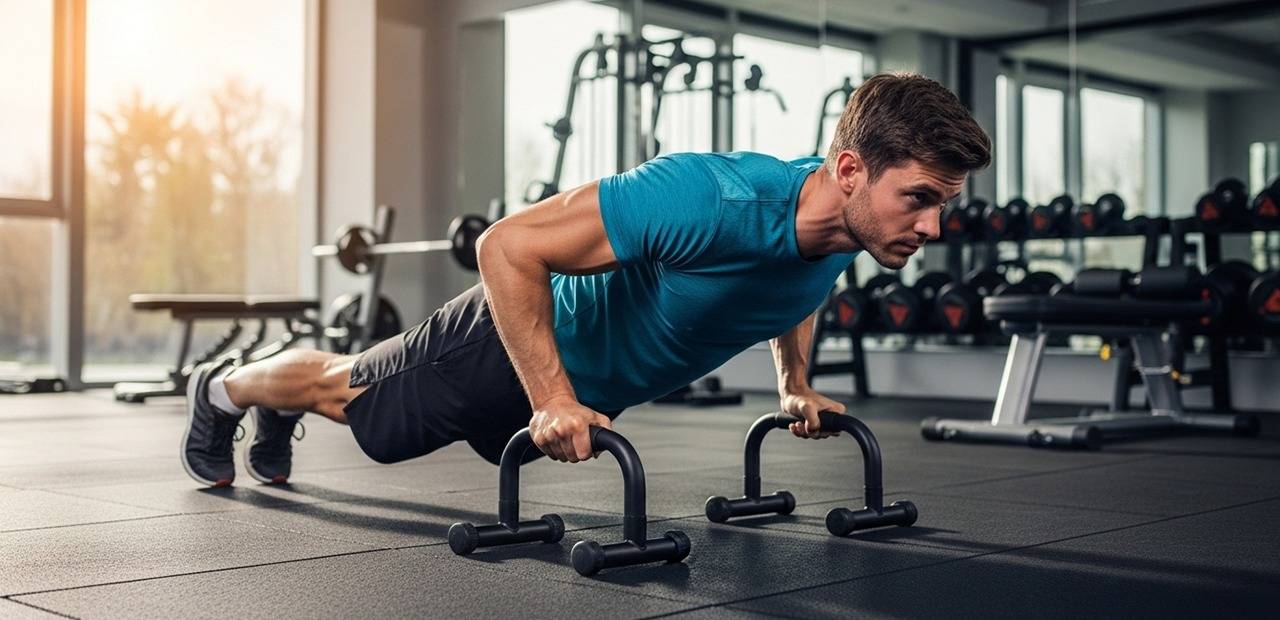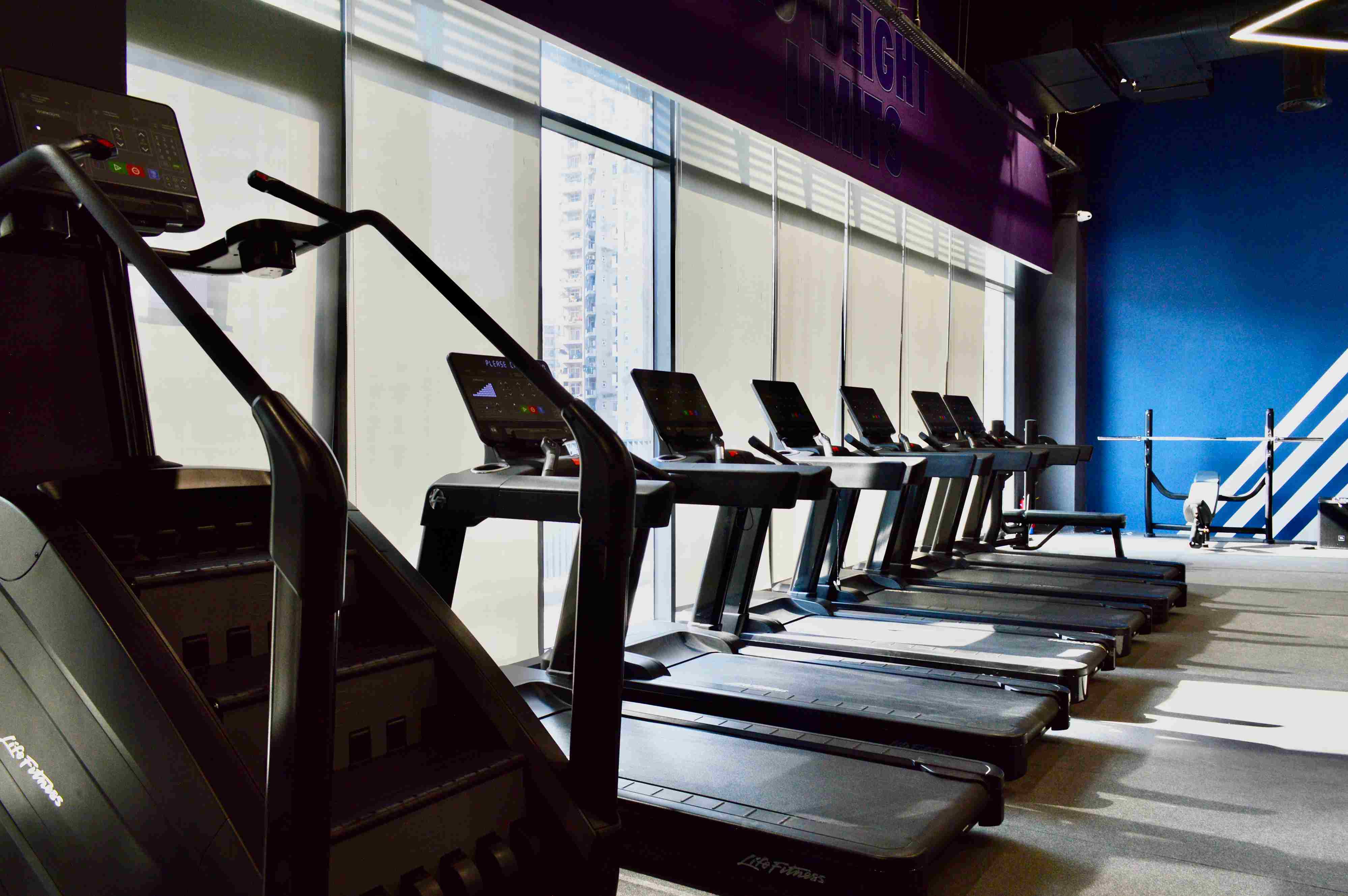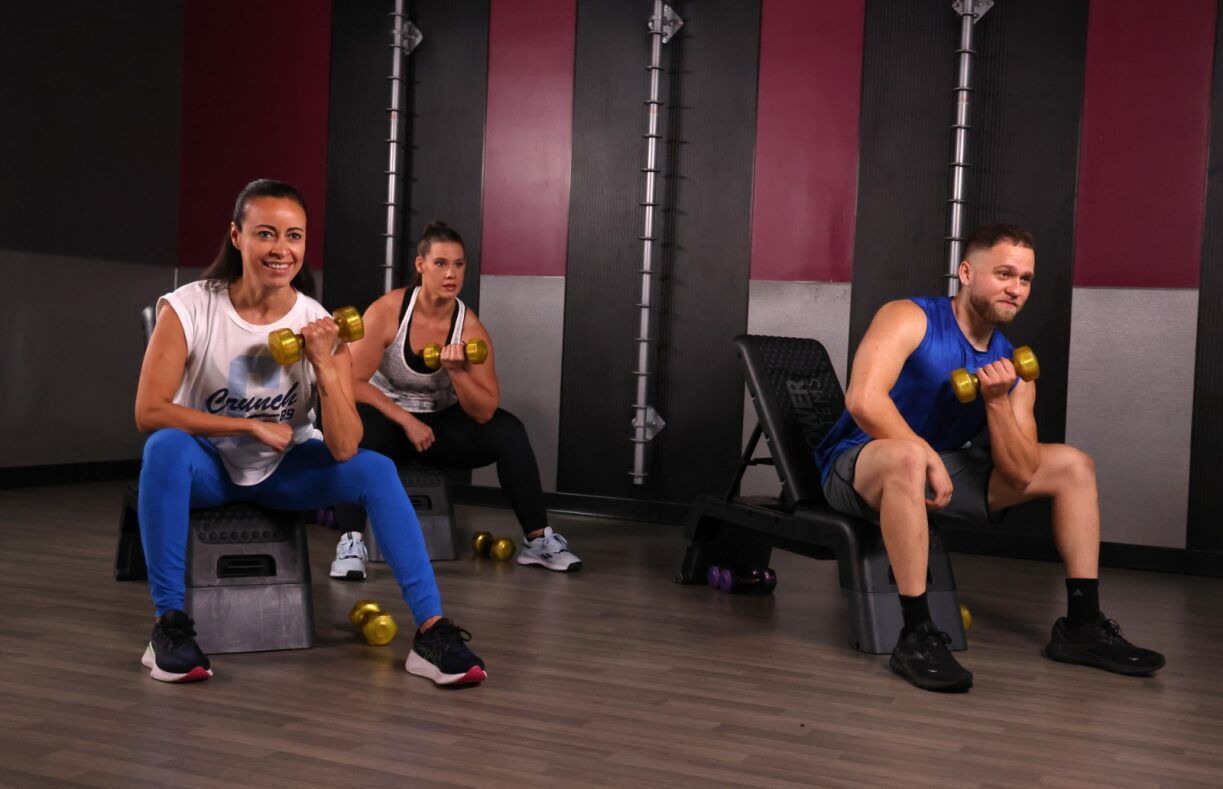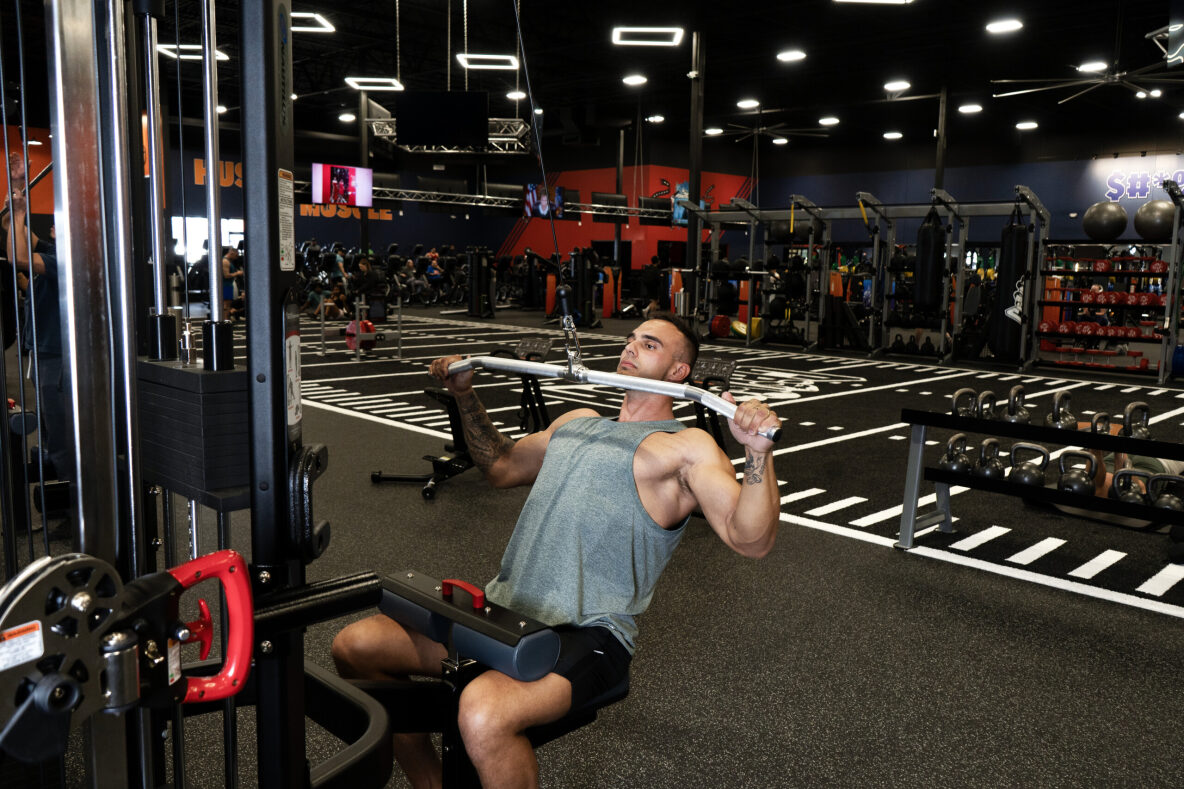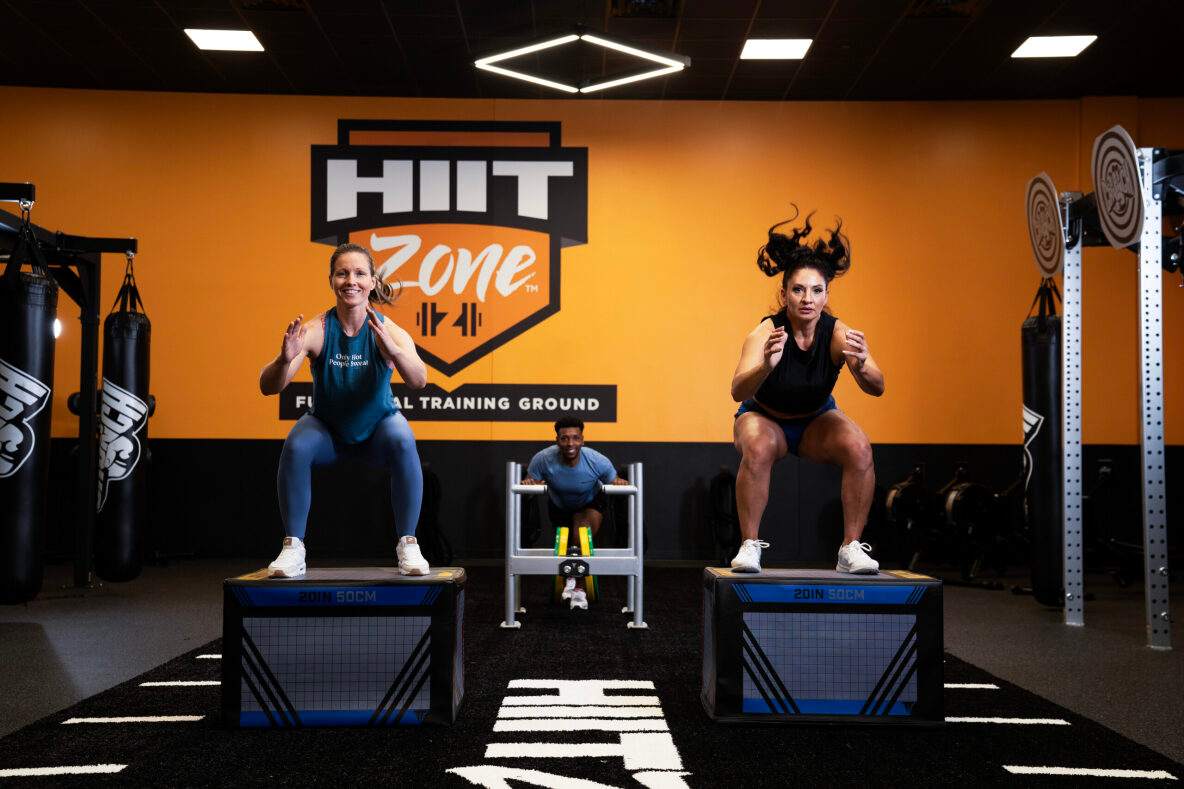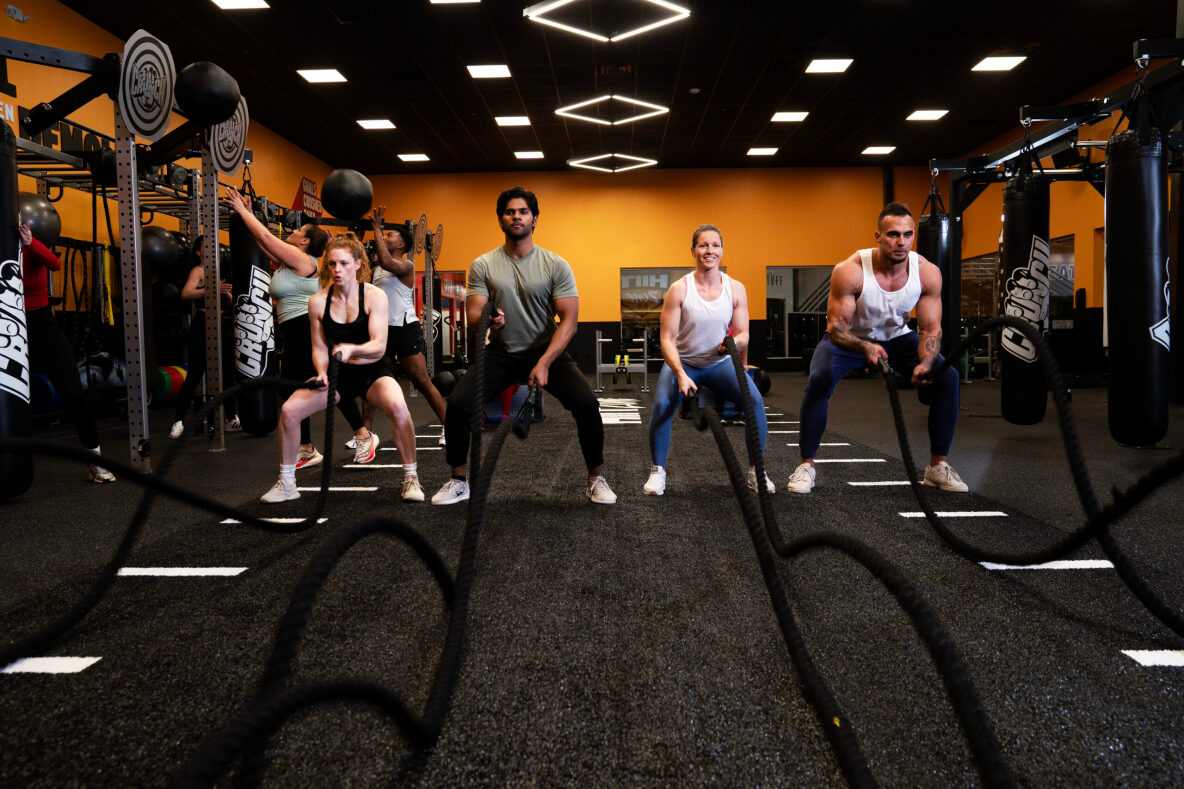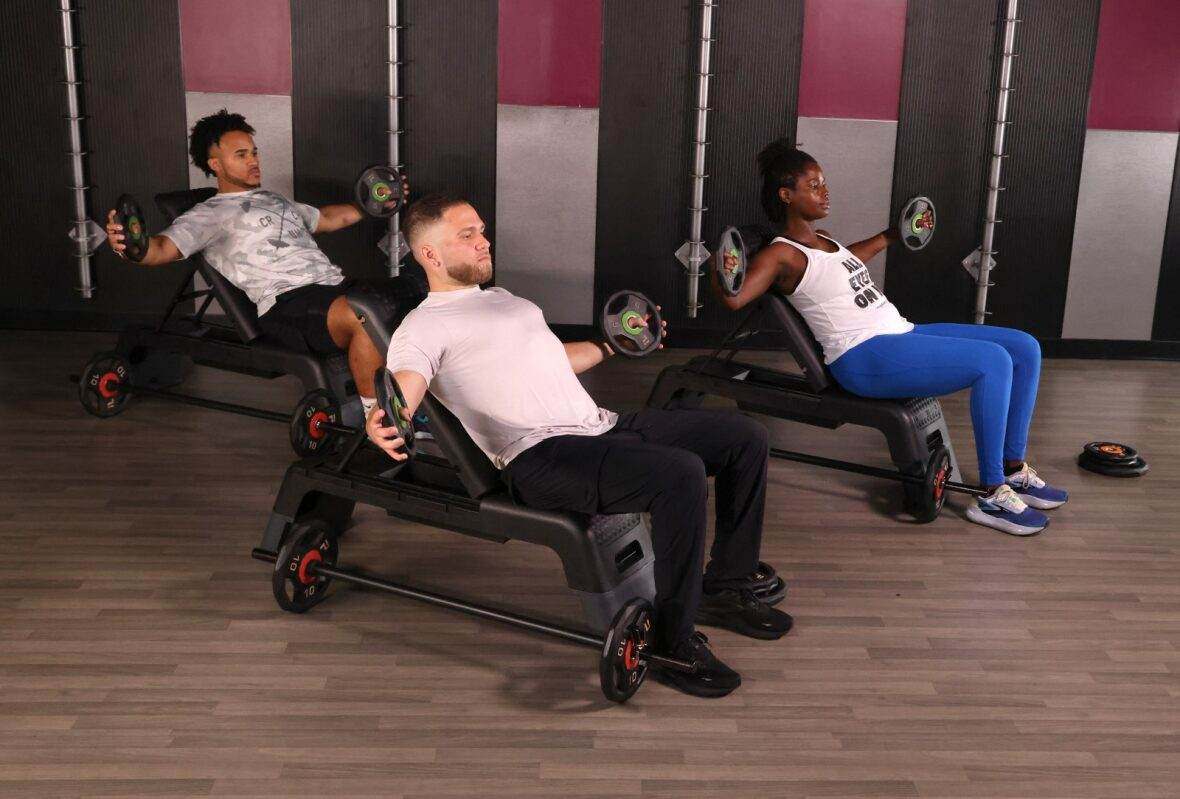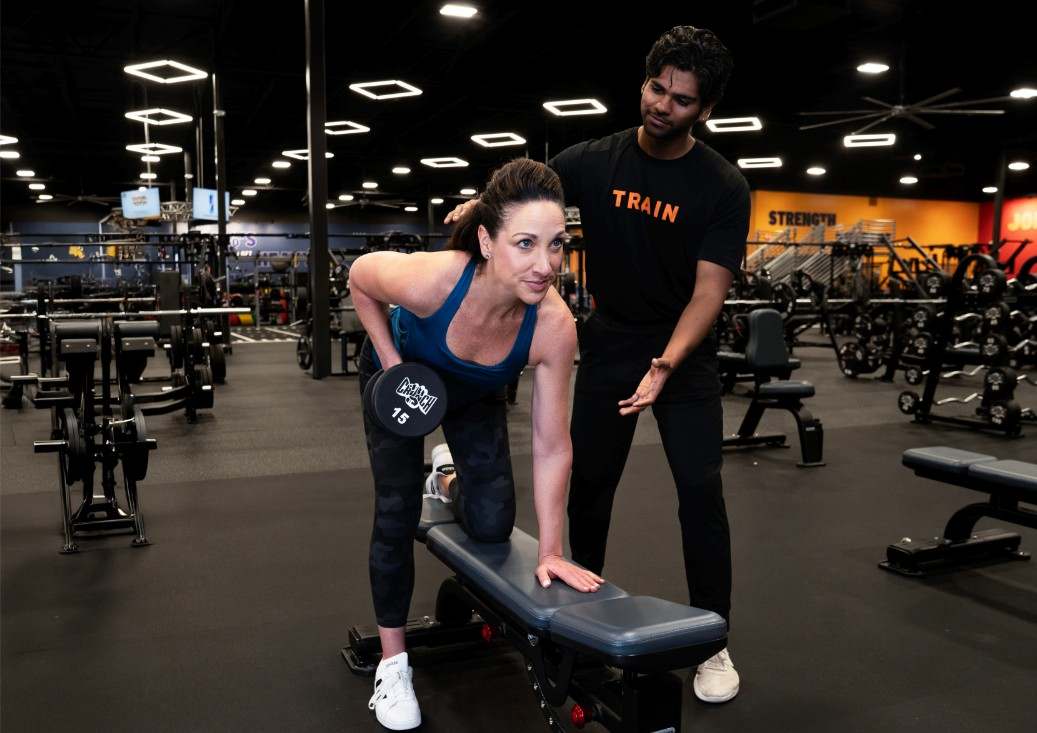Your body needs warm up exercises to get through workout stress just like a car engine needs a few minutes to become efficient before driving. A warm-up is a short but very effective session that can change your whole training when you add it to your routine.
It would be, for example, to enter the weight room at the gym, put on your running shoes and start lifting. In the short run, this might be a way of "saving" your time, but at the end of the day, you'll find yourself with injuries or a lack of motivation, not to mention fatigue.
In this blog, you’ll learn what warm up exercises are, their benefits, how to add them to your routine, and there are some special tips at the end on making the most out of your warm up exercises!
Why Do Warm Up Exercises?
The warm-up is a period when the body starts to prepare for the upcoming action. The person who is about to do so starts to move his body gradually, which is a sign for the body to get prepared. The reasons for it are:
Improves blood circulation
The heat in your body increases the blood circulation which in turn activates the oxygen and energy supplies for the muscles.
Prepares the joint parts
The joints are loosened and softened for easier movements.
Increases the functioning of the nervous system
The focus and the coordination of the movements are improved.
Injury risk is lowered
Muscles that are cold are stiff and susceptible to strains.
The omission of a warm-up is like not watching the trailer of a movie: you do not get the context and thus your performance may not be as good as expected.
The Science Behind Warm-Ups
Warm-ups are valid in terms of basic human physiology:
Increased muscle elasticity
Muscles that are warm do not have the risk of tearing as much as cold ones.
Improved oxygen delivery
An increased heart rate usually oxygenated blood is carried to muscles faster.
Nervous system activation
Your body is making a faster connection between the brain and muscles, hence the time to react and coordination are better.
Hormone release
The process of warm ups is energetic and at the same time produces adrenaline which prepares the organism for high performance.
Types of Warm Up Exercises
Warming up exercises can be divided into two main categories, depending on whether you want to workout indoors or outdoors and your workout style:
General Warm-Ups
jogging on the spot, spinning a bike, or—you know—classic jumping jacks. Nothing too wild, just enough to wake up your body and maybe get your playlist rolling.
Dynamic Warm-Ups
Dynamic warm-ups are basically dress rehearsals for your actual workout. So if you’re gonna squat, do some walking lunges. Gonna throw some punches later? Swing those arms around. Hip rotations, high knees, big arm circles—whatever matches what you’re about to do, just keep it low-key.
Side Note: And hey, leave the dramatic stretching, like sitting there trying to fold yourself in half, to the cooldown at the end. Holding stretches before the main event? Not really helping, honestly.
Duration of a Warm Up
Five minutes is fine if you’re just stretching and posing (especially for the yoga fans). But if you're about to go full send—heavy weights, HIIT, chasing a personal best—bump it up closer to ten minutes.
Seriously, it’s a tiny slice of your day, but it actually saves you from feeling like a broken action figure tomorrow.
Benefits of Doing Warm Up Exercises
One is or are often underrated, but their benefits extend much beyond "feeling ready".
- The body's reaction is quicker and more efficient.
- Improves flexibility and range of motion.
- Physically gets you into the groove to work out even more.
- Decreases the post-workout pain.
- A warm-up acts as a brain signal telling it that the moment has come.
Best Warm Up Exercises Before You Workout
One can easily come up with several effective warm-up exercises to do:
Jumping Jacks
It's the quickest way to get your heart rate up.
Arm Circles
Getting the shoulders ready by loosening them up before an upper body workout.
Hip Rotations
Getting your hips ready for the squat and lunge.
Walking Lunges
Helps activate all the major muscles in the legs.
High Knees Or Butt Kicks
Increase the speed and stamina of the legs.
Inchworms (Walkouts)
Work on the hamstrings, the core, and the shoulders at the same time.
Torso Twists
Prepare your back for the twisting exercises.
Warm-Ups for Different Types of Workouts
It is not necessary that one warm-up will be suitable for all work. A warm-up should be designed specifically for your activity:
Strength training? Kick things off with some joint rolls, hop on a bike, then get those limbs moving. I’m talking arm swings, band pull-aparts (the stretchy things), bodyweight squats—just stuff that tells your muscles, “Hey, wake up.”
Cardio—running, cycling, HIIT, you know the vibe. Get that heart pounding early: high knees, skipping (grab a rope or just air-skip), even a power walk if you’re not feeling it yet.
Flexibility days, like yoga or Pilates? Go smooth. Take it easy—cat-cow, some lazy arm circles, shoulder rolls. Basically, whatever makes the creaks go away.
Or you can skip the drama and simply go for playing sports like football, tennis, basketball, etc. with your friends. Pretend you’re in the nationals and your team is counting on you to score. That will surely get your morale up.
Tips for Doing Warm Up Exercises
- Ease in. Don’t get wild from the jump or you’ll regret it.
- Seriously, though, never skip warm up. It never ends well.
- If you’re dripping sweat before you even start, time to slow down.
- Match your warm-up to the intensity and focus of your training.
- Drink water in between; you’re not a camel in the desert.
Read Our Other Article: Easy 20-Minute Treadmill Workout You Can Stick To Daily
Conclusion
Warm up exercises may be perceived as insignificant, but they are the backbone of each and every successful workout. It is the link between your everyday life and optimal performance.
Frequently Asked Questions (FAQs)
Q1. What is warm up exercise?
A warm-up is a new procedure of simple movements that ready the body for a main exercise, as the heart rate increases, joints loosen, and muscles activated.
Q2. Does walking count as warm-up?
Yes, brisk walking can be a simple general warm-up, especially before cardio. However, if the aim is strength or intense workouts, it is advisable to add some dynamic moves as well.
Q3. Is stretching the same as warming up?
Stretching exercises primarily aim at the improvement of the flexibility of the human body while warming up serves for the elevation of the body temperature and the preparation of the muscles. In warm-up routines, dynamic stretching can be included; however, static stretching is recommended only for recovery periods.
Q4. What happens if you don't warm up before exercise?
Not warming up can result in less blood flow to the muscles and this in turn can double the risk of injuries and it can also lower the performance of the muscles.
Q5. How long should I warm up before lifting weights?
Approximately 8-10 minutes is the most appropriate time. You can initiate with some light cardio and then do the mobility activity that focuses on which the joints and muscles are together for your weight lifting session.
Explore More Articles
CLOSEST CLUB
Your Local Crunch Noida
SEE OUR MEMBERSHIP OPTIONS

